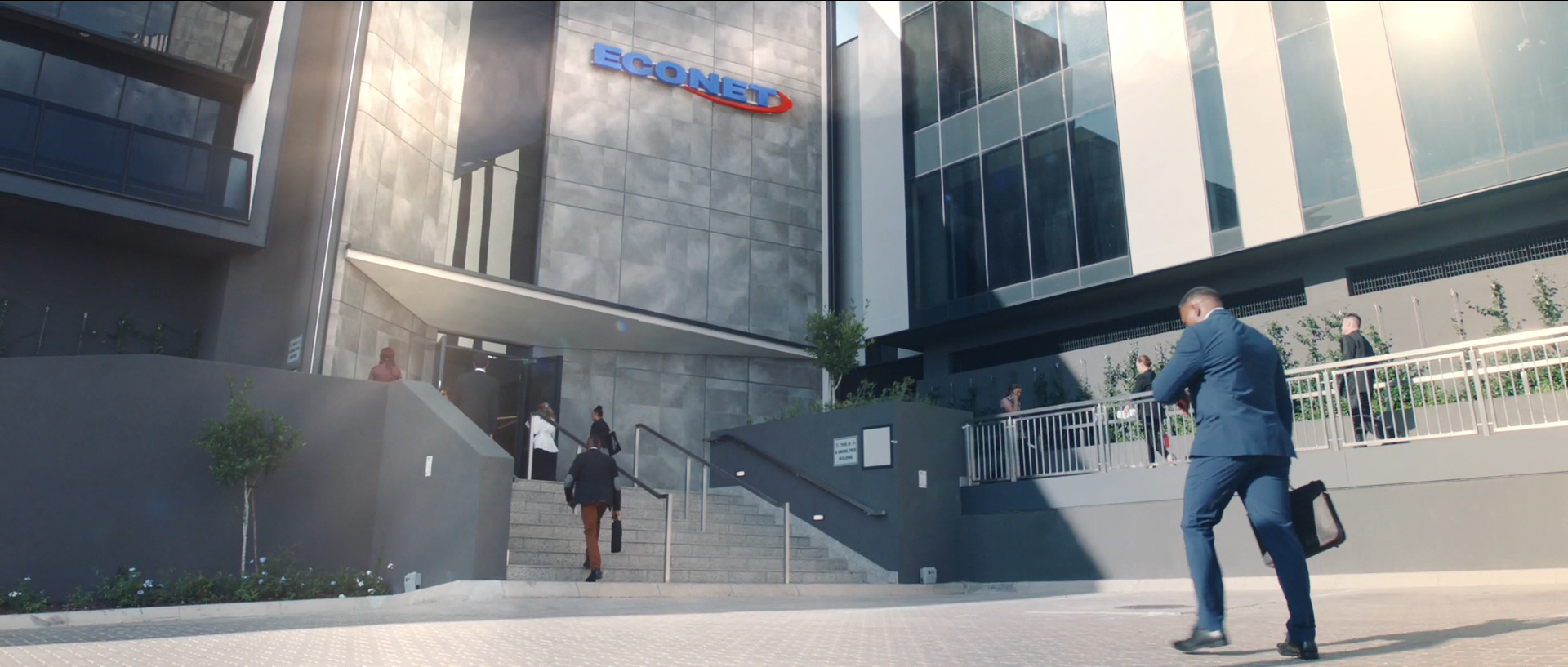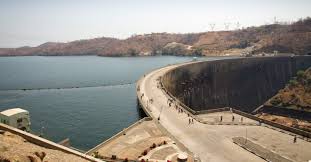Energy efficient systems forecast to save Zim 300MW
Zimbabwe can save an estimated 300 megawatts (MW) through the implementation of energy efficiency systems and processes, the Zimbabwe Energy Regulatory Authority (ZERA) has said.
Following the successful synchronisation of units 7 and 8 at Hwange Thermal Power Station recently, which are now feeding 600MW into the national grid, the country has increased electricity generation to an average of 1 500MW from 700MW.
In an interview at the just-ended Zimbabwe Agriculture Show in Harare, ZERA chief executive officer (CEO) Edington Mazambani said energy efficiency is a low-hanging fruit for the country’s
“Energy efficiency it’s a long-hanging fruit we have as a country from behavioural change and limited investment in equipment and can actually save energy.
“We did a study in 2016 where it was established that Zimbabwe has the potential to save about 300MW through energy efficiency.
“As the regulator, we have actually gone a step further to train certified energy managers and certified energy auditors whom we would want to get feedback from them in terms of ensuring that we use energy efficiently to realise 300MW potential in efficiency,” he said.
Mr Mazambani said the certified energy managers and certified energy auditors are drawn from various industries that are intensive energy users.
“They have already started their work and we are following up on them. There are people who are coming from various industries which are energy intensive users from mines or manufacturing companies and actually even municipalities with regards to their water pumping stations and sewer pumping stations.”
At the moment, he said ZERA was selling the idea to energy users to be efficient in the use of power but plans are in the pipeline to promulgate energy management regulations that are more punitive than the existing reactive energy penalties.
“There shall come a time when we’ll come up with energy management regulations. These regulations will then make it possible for us to enforce, but at the moment what we have also done working with the utility, we have come up with reactive energy penalties which force intensive energy users to be efficient in the use of energy.
Energy is one of the major economic enablers critical in driving the country towards economic prosperity as enunciated by the National Development Strategy 1 (NDS 1) which is aimed at driving the country towards attaining an upper middle-income economy status by 2030.
The attainment of Vision 2030 is premised on increasing production across all economic sectors, particularly, mining and agriculture, which are the backbone of Zimbabwe’s economy whose growth is projected at 5,3 percent this year.
The positive growth trajectory is anchored on the agriculture sector’s anticipated growth of 9,7 percent and the mining industry’s 4,8 percent growth.
Mining and agriculture are anticipated to contribute an estimated US$20 billion to the Gross Domestic Product by 2025.
So far, the extractive industry is poised to transform into a US$12 billion economy by the end of the year while the agriculture sector, which in 2021 surpassed the initial target of US$8,2 billion is now anticipated to hit US$13,75 billion by 2025.-herald











